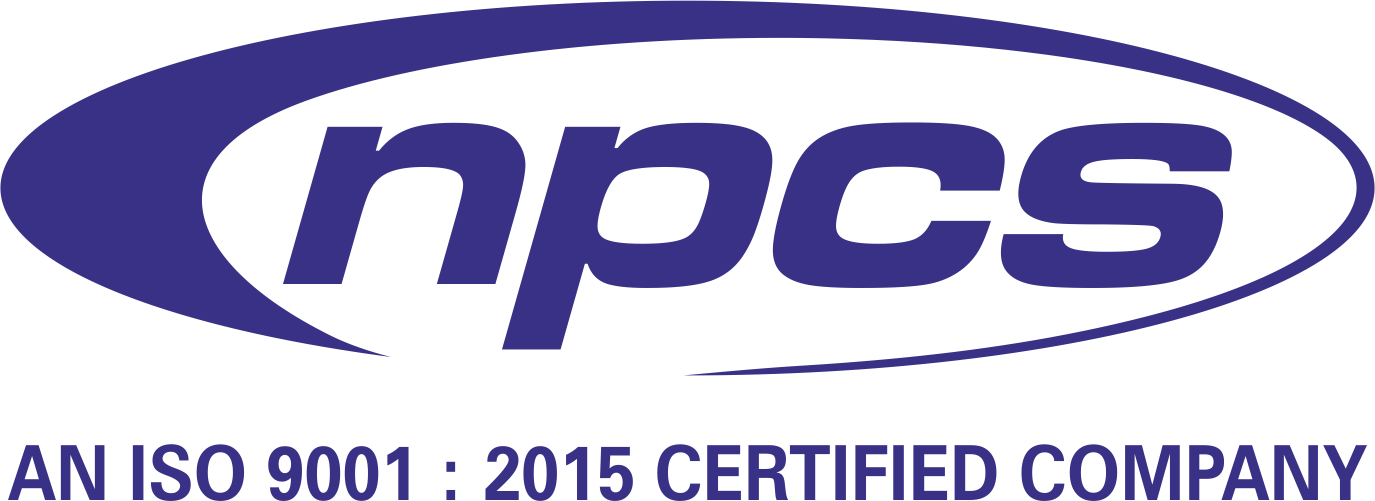The textile design has developed over the years. Thanks to the new technologies, fabrics and patterns are now created quicker, more precisely and more creatively than ever. The other day, designing textiles was more hands on and today we are seeing digital tools and tools and machines. In this blog, we will seek to explore the role of technology in the textile design and the way forward as innovations ranging from CAD to 3D printing is changing the industry.
What is Textile Design?
Textile design is the art of putting patterns, textures, and colour to fabric. To design these patterns, designers use a number of methods. Some methods are traditional, for example, hand drawing or hand weaving, and others are modern technology.
Textile design now occupies a large position in the field of fashion, interior decoration, and industrial usage. Technology is helping to make the process quicker and more accurate—whether it’s creating the latest fashion trends or designing fabrics for automobile upholstery.
The Evolution of Textile Design Technology
Before the technology, textile designing needed basic tools, such as paper, pencil, and a manual weaving machine. But the computer-aided design (CAD) software changed the game! Designers produced detailed patterns and designs on a computer thanks to CAD. What just changed was just the beginning. With technology growing, so did the tools that designers had access to. These days 3D printing is making its mark in the textile design world.
1. Textile Design CAD Software
CAD software is probably one of the most important tools of the 21st century in textile design. Thus, it enables the designers to design high-precision digital designs. CAD software allows for the designer to rapidly experiment with colours, patterns, and textures, which is neither time-consuming nor prone to error like the hand-drawn design.
Textile design with CAD can be up- or down-scaled. So manufacturers can create patterns and fabrics of different sizes. It also enables the machine to optimally lay out the designs on the fabric roll and therefore reduce waste during the production. Naturally, CAD is used in different industries, for example, fashion, home textiles, and industrial textiles.
One of the great advantages of using CAD in textile design is that it permits more creativity. This allows designers to test out complex patterns, try new colour combinations, or see how a fabric will appear when printed or woven. CAD software also cuts back on the time it takes to produce designs, making it easier to realise designs as fast as possible.
Our Books
- Modern Technology of Textile Dyes & Pigments (2nd Revised Edition)
- Handbook on Textile Auxiliaries, Dyes and Dye Intermediates Technology
- The Complete book on Natural Dyes & Pigments
- Modern Technology of Paints, Varnishes & Lacquers (3rd edition)
3D Printing: A Game Changer in Textile Design
3D printing has rapidly emerged as a mainstay of textile design in recent years. Unlike other methods, which involve weaving or knitting or printing patterns on fabric, 3D printing directly prints three-dimensional fabrics out of digital designs. With this technology, designers are able to create complicated textures and patterns that were impossible by pure traditional means.
There are many advantages of 3D printing in textile design. First, its flexibility in design is improved. Fabric designs that look and work great can be developed—shapes and textures impossible or very lengthy to make with regular methods. Second, 3D printing has the advantage of being able to produce quick prototypes, which can then be tested before moving to mass production.
Also, technical textiles can be made by 3D printing for industrial use. These textiles can be designed to perform particular functions (strength, flexibility, even heat resistance). This provides more ground for industries such as aerospace, automotive, and medical textiles.
Utilisation includes 3D-printed fabrics in the automotive industry, for example, such as lightweight car seats or interior panels. In the medical world, 3D-printed textiles can help pattern, for example, custom-fit prosthetics or wound dressings.
3. Textile Printing Technology
Textile printing technology also made great progress, besides CAD and 3D printing. As this method has become common for printing high-quality designs on fabric, digital textile printing has come of age. Digital printing, unlike traditional ones, has the ability to do more precision and more details of designs. Ink is directly printed by the printer onto the fabric.
There are many benefits to digital textile printing as compared to traditional methods. The eco friendly way to grow seeds is that it reduces the use of water and chemicals. Also, it is possible to design smaller production runs, which is exactly what is desired for custom or on order work. For instance, in the fashion industry, trends change quite quickly, and the designer is in need of creating small lots of fabric with unique patterns.
Project Reports
- Manufacturing of Disposable Personal Protective Equipment (PPE) Kit
- HDPE PP Woven Sacks
- Spinning Mill Business
- Business Plan for Polyester Textured Yarn from Used Pet Bottle
4. AI and Automation in Textile Design
Artificial intelligence is also beginning to be used to design the textile. By using inputs of color trends, customers preference, and material performance, AI can be used to create patterns. Designers may use AI to predict what designs will be popular, and stay ahead of the trends.
In addition, the production process itself is being automated to accelerate the creation of textiles. There are automated weaving machines, and robotic cutting tools that can speed and accuracy production. Especially in large scale manufacturing the time and cost efficiency are important basis.
Also Read
- Textile Industry. Cotton Fabric Manufacturing Business
- Uttar Pradesh’s Push Towards Textile and Apparel Industry
- Textiles: Project Opportunities in Gujarat
How Technology Is Shaping the Future of Textile Design:
Increasingly, technological advancements will shape the future of textile design. Just as CAD and 3D printing are improving, new tools are much more powerful for designers. Through these tools we will be able to make textiles that look amazing but are also functional and sustainable.
Sustainable Textile Design
Sustainability is one of the biggest trends in the textile industry. Eco-friendly fabrics are the focus of more and more textile designers. Reducing waste within the production process is attained by technologies such as 3D printing and digital printing. In addition, designers are incorporating sustainable materials like organic cotton, recycled polyester, and biodegradable fibres into their designs.
Its not just about using eco-friendly materials in sustainable textile design. Designing textiles that last longer, are easier to recycle, and take less energy to produce also involves. With consumers increasingly seeking out more environmentally friendly options within this category, technology’s role in helping to make textile design more eco-friendly will be a key factor.
Smart Textiles
Yet another exciting development in textile design is smart textiles. These textiles interact with their environment. For example, they might be able to change colour (to blue rather than green, for example) depending on temperature, light, or moisture. While used in clothing, smart textiles are already finding applications in healthcare and sports.
In the future, smart textiles could be monitoring a person’s health or helping regulate body temperature. As a matter of fact, shirts made of smart textiles could adjust their temperature as the user needs, warm or cool depending on the conditions. Previous adventures will open doors to new possibilities for the fashion and health care industries.
Also Read
Conclusion:
Textile design has been totally changed by technology. Using tools like CAD, 3D printing, and digital printing, designers can create more precise, creative, sustainable fabrics. With the avails of new technology, the future is even brighter for textile design.
If you want valuable insights on textile design and how to incorporate these technologies in your business, then visit NIIR Project Consultancy Services. It offers great resources and reports that can teach you how to make informed decisions.






